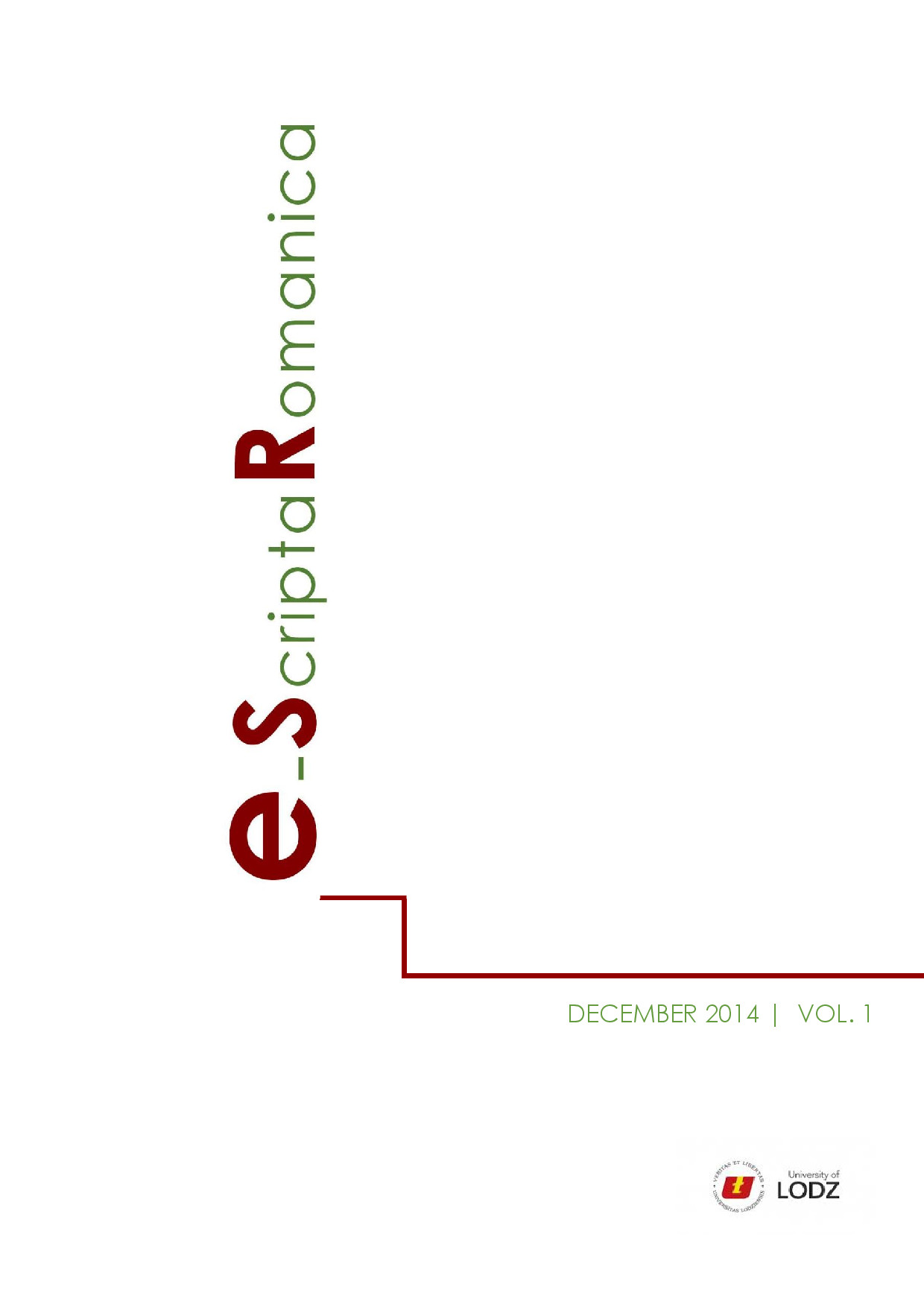Les caractéristiques sémantico - structurelles des oïkonymes en français et en géorgien
DOI:
https://doi.org/10.18778/2392-0718.01.05Parole chiave:
onomastique, toponymie, les noms de lieux, oïkonyme, les faux oïkonymesAbstract
Chaque œuvre littéraire définit l’histoire des pays et des peuples, leur culture et leurs traditions. Les personnages, les sujets et les faits historiques des œuvres littéraires sont décrits par différentes méthodes stylistiques. Le fait historique se traduit souvent par les noms de lieux, notamment, les noms de villes qui permettent de créer un point de vue général sur la culture et l’histoire de la nation. Donc, en général, les noms de villes ont une importance significative pour le sujet d’une œuvre littéraire. Les écrivains se servent de noms de villes pour décrire le monde où se déroule la vie des personnages et exprimer leurs émotions, car il y a des villes dont les noms sont associés à des évènements significatifs, émotifs. La séquence des faits historiques redonne une importance particulière aux oïkonymes. Leur emploi dans la littérature peut susciter de l’émotion chez les lecteurs. Dans la littérature, les noms de villes ont une valeur particulière. Ils suscitent un sentiment profond et mystérieux, dont la perception dépend de l’imagination du lecteur. Chaque écrivain utilise les noms de villes ou ceux de lieux habités pour identifier son propre style ainsi que les idées cognitives décrites dans une œuvre littéraire concrète. Donc l’étude des noms de lieux, notamment, ceux de villes, à travers le prisme de l’onomastique littéraire comparée du français et du géorgien, avec leurs diversités de développement et de perception redondance de diversités attire l’attention des chercheurs.
Riferimenti bibliografici
COSTE, J. (2006) : Dictionnaire des noms propres. Paris : Armand Colin.
Google Scholar
DAUZAT, A ET CH. ROSTAING (1963) : Dictionnaire étymologique des noms de lieux en France. Paris : IAC.
Google Scholar
DAUZAT, A. (1979) : La toponymie française. Paris : IAC.
Google Scholar
DOCHANASHVILI, G. (1990): სამოსელი პირველი [samoseli pirveli], (premier habit) თბილისი (Tbilissi): საბჭოთა საქართველო [sabshota saqartvelo], (Géorgie de l‘Union Soviétique).
Google Scholar
JONASSON, K. (1994) : Le nom propre, constructions et interprétations. Louvain-la-Neuve : Duculot.
Google Scholar
DOI: https://doi.org/10.3917/dbu.jonas.1994.01
KRIPKE, S. (1982) : La logique des noms propres. Paris : Seuil.
Google Scholar
REY-DEBOVE, J. (1998) : La linguistique du signe. Une approche sémiotique du langage. Paris : Armand Colin.
Google Scholar
ROSTAING, Ch. (1974) : Les noms de lieux. Que sais-je ? Paris : PUF.
Google Scholar
SPORE, P. (1979) : Études toponymiques I. Roanne : Horvath.
Google Scholar
TOPTSHISHVILI, R. (2010): სახელების ეთნოლოგია და ისტორია [saxelebis ethnologia da istoria], (Les noms ethnologie et histoire). თბილისი (Tbilissi): უნივერსალი [Universali], (Universal).
Google Scholar
VERNES, H. (1986) : La griffe de l’ombre jaune. Paris : Gérard.
Google Scholar
VERNES, H. (1997) : La cité des sables. Paris : Gérard.
Google Scholar
Downloads
Pubblicato
Come citare
Fascicolo
Sezione
Licenza

Questo lavoro è fornito con la licenza Creative Commons Attribuzione - Non commerciale - Non opere derivate 4.0 Internazionale.











